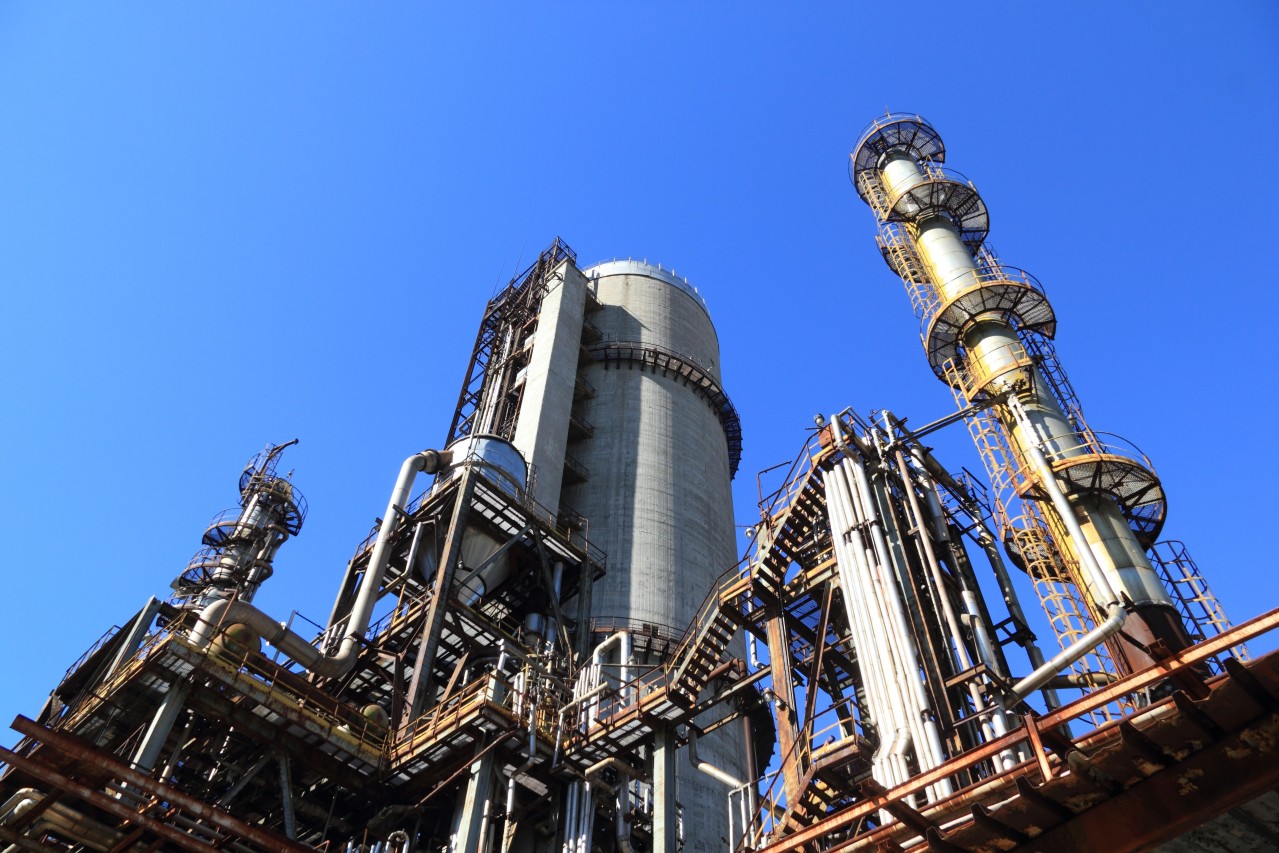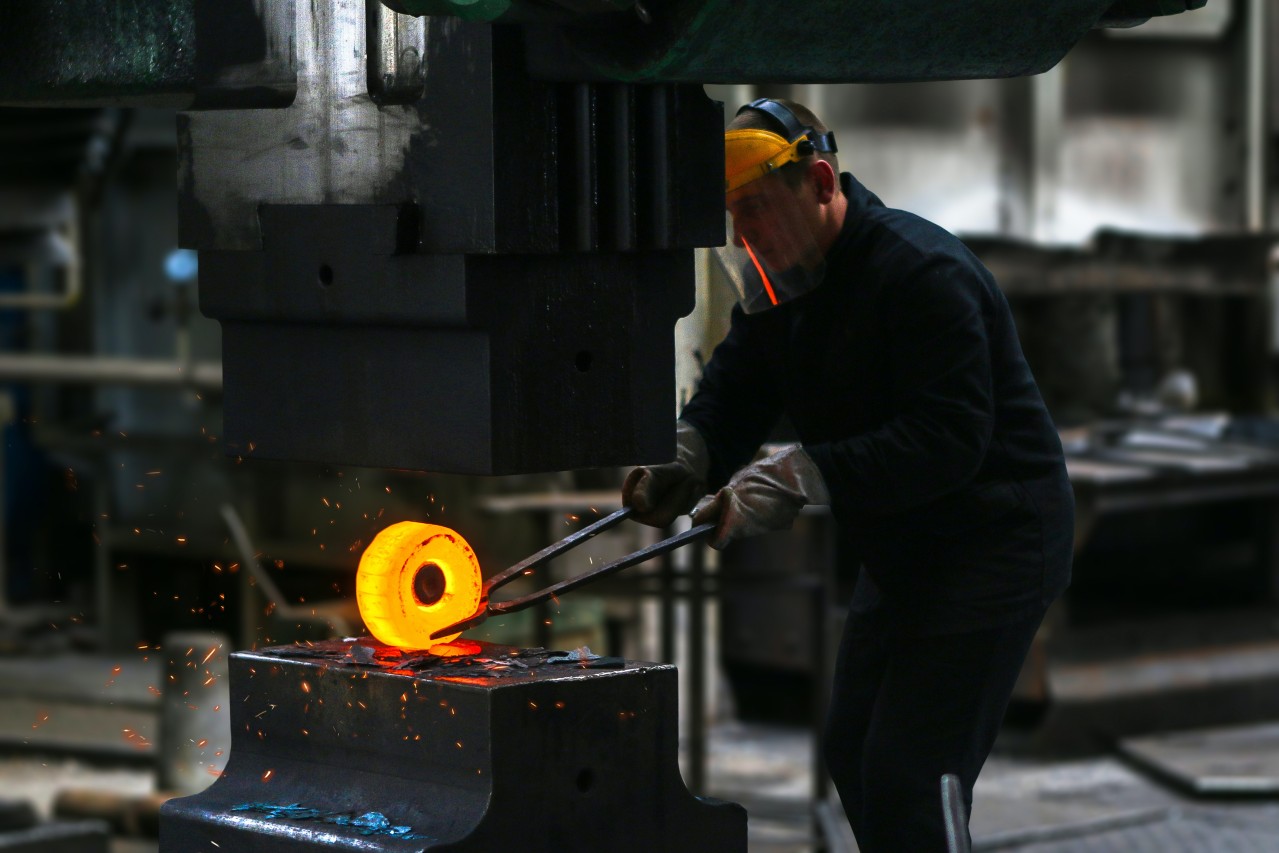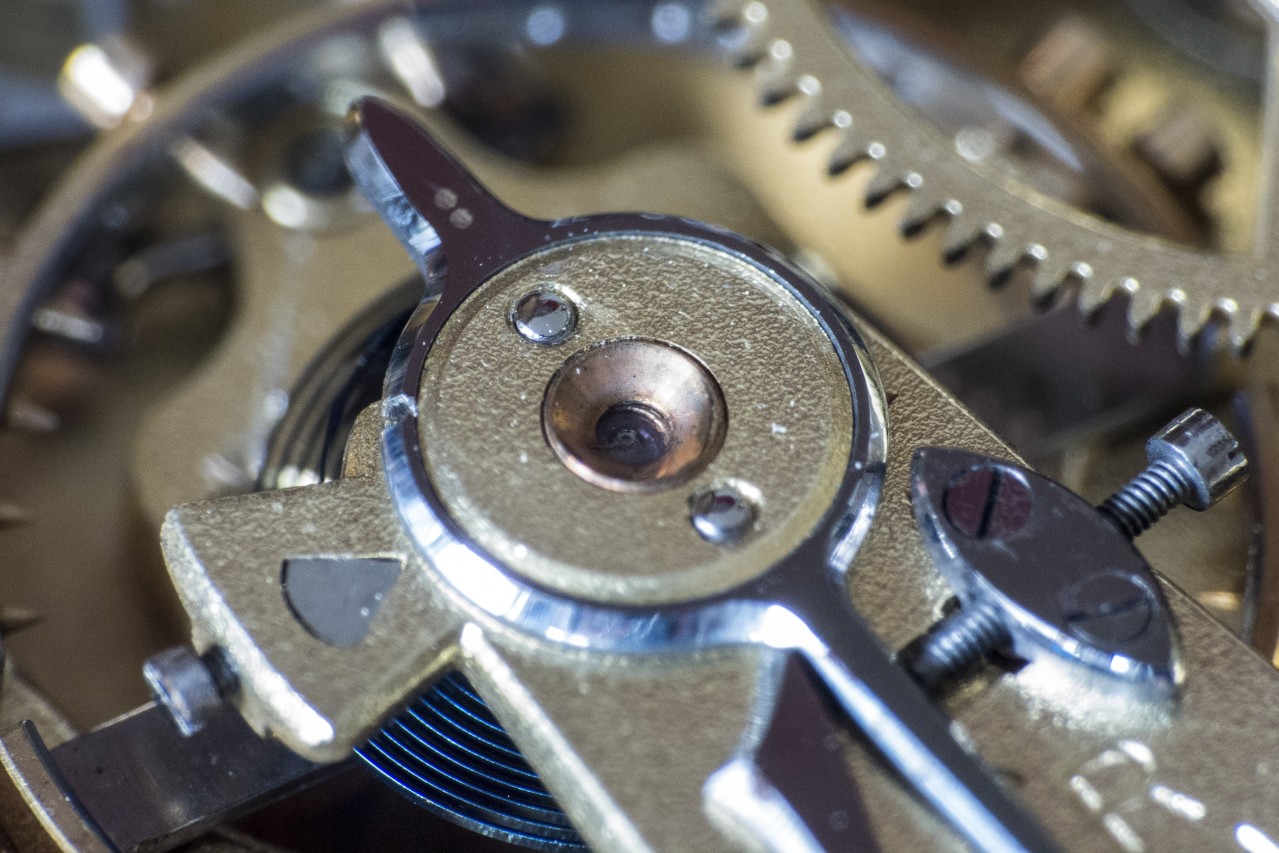
Power presses are the most commonly used machines in the metals industry, and for good reason. They are easy to operate, and don't need too much maintenance. Power presses are easily available in most parts of the world. The application of power presses include curling, bending, piercing and deep drawing.

The use of power presses in the manufacturing industry has increased over the years. Power presses are one of the most useful machines that help save time on production lines, which is still a very important factor in today’s business world.

Power presses will be a major source of income for the production industry, as automation makes it much faster and more efficient. The research and development being carried out in this field is a good indication that these heavy machines will soon be enjoyed by people around the globe.

Assembly- Power Press is used to fasten two or more pieces together. It consists of two bar-width pieces that are connected by a series of bolts, pins and locking nuts. Power presses come in three operation modes: hydraulic, pneumatic and manual. Hydraulic mode is more commonly used because it requires less force; however, pneumatic mode can be used if there is considerable torque at the drive end of the press working on a wider range of materials than a hydraulic press can handle. Manual power press offers an easy way to apply pressure to heavy materials manually or with a mechanical aid like a crude lever.

Deep draw – A power press or hydraulic press may be used to form a variety of parts. Deep drawing is one technique that can be used to build parts with complicated geometry and surfaces. It has been used in industries like automotive assembly, aerospace, ship engine and metallurgical. It is also known as Abrasive Forming or Pressure Forming among other names. Deep drawing involves the use of pressure and stress on the material being worked on, resulting in its deformation.

Coining – A Power Press is a machine that can squeeze, press and form metal objects. It normally has two or three hydraulic cylinders and a chain of gears. The power press performs pressing and squeezing actions and applies pressure to work material (usually metal) by applying pressure with hydraulic pistons and cylinders. A variety of cutting, punching and similar operations are performed during this operation by using the different parts of the tooling.

Forming – Most of the items that we see every day are made by forming. It is used in every field ranging from automobile parts, plastic and paper products, ornaments and others. The average person does not realize that there are plenty of uses for power press beyond change of shape (although this is one of them).

Embossing – Power Press, or a custom power press, is a very useful and useful machine for production of sheet metal products. The process is known as imprinting and involves using two female dies, which are cold formed from steel and offer me same opening pattern that define the initial model shape, followed by male dies that are typically constructed from hardened steel. Again, there are no significant changes to thickness during the processes since each part is made from the same material.

Piercing – The Power Press is capable of punching or cutting an opening, like a hole in a metal sheet, plate, or different parts, with a C-frame floor press. Examples include high-power electrical connectors and automotive exhaust systems.

Trimming – By far the most popular trimming process is primary shearing, or cutting the finished part from a die or other starting material. Secondary shearing has been used in a variety of industries for decades, however. These are commonly used secondary processes on metals to achieve desired shapes and sizes. Some examples include dishwasher baskets, automotive carpets and dashboards, die-cast trimming, plastic parts and truck body panels.

Press Fitting – Press fitting is the method of joining pieces with an interference fit. In other words, it's the way your two parts are pressed together so they form a tight fit. It is one of the most common methods used in engineering. Press fitting is used to join different pieces of metal to make a larger structure or repair smaller cracks caused by an accident.